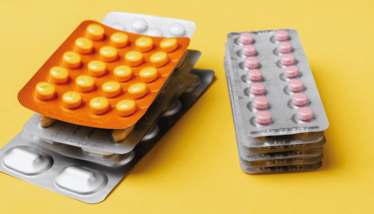Biologically Active Excipients?
Uncovering the truth about “inert” ingredients

Are APIs the only drug ingredients with biological activity? That’s certainly the case for the vast majority of formulations, but new research suggests that a notable minority of excipients aren’t quite as inert as previously thought (1). Brian Shoichet, a professor at the University of California, San Francisco (UCSF), explains that his study identified 38 ingredients with potent activity against specific receptors and enzymes in vitro. A surprising result – but not entirely unexpected; Shoichet says he realized several years ago that something was amiss with the “inactive” ingredients included in many drugs.
“In 2016, my colleague Kathy Giacomini received FDA funding for a Center of Excellence in Regulatory Sciences and Innovation and was looking for projects to support. She knew that the agency was interested in excipients so she suggested that I take a look at them,” he says. “I thought she was joking. Why would excipients be of interest? But the more we looked at these ‘inactive’ ingredients, the more we wondered how they got their designations.”
Soon after, Shoichet set up a collaborative team with Laszlo Urban, Global Head of Preclinical Safety Profiling at the Novartis Institutes for BioMedical Research (NIBR), who had already begun to investigate “active” excipients. Using computational techniques to screen a curated database of biologically active molecules, the USCF team examined excipients that resembled molecules known to bind to over 3,000 different human proteins. Meanwhile, their NIBR colleagues screened various inactive ingredients against a panel of protein targets used to test drugs for safety and toxicity. Their results showed that most excipients weren’t bioactive – but the ones that were interacted with more than 100 important enzymes and receptors.
“Fortunately, most active excipients do not reach substantial concentrations systemically – they either get stuck in the gut or are rapidly metabolized,” Shoichet says. “However, several do get to meaningful concentrations, with some of the most important were found in injected formulations, so further investigation is needed to understand how and why this happens.”
- J Pottel et al., Science, 369, 403 (2020).
After finishing my degree, I envisioned a career in science communications. However, life took an unexpected turn and I ended up teaching abroad. Though the experience was amazing and I learned a great deal from it, I jumped at the opportunity to work for Texere. I'm excited to see where this new journey takes me!



















